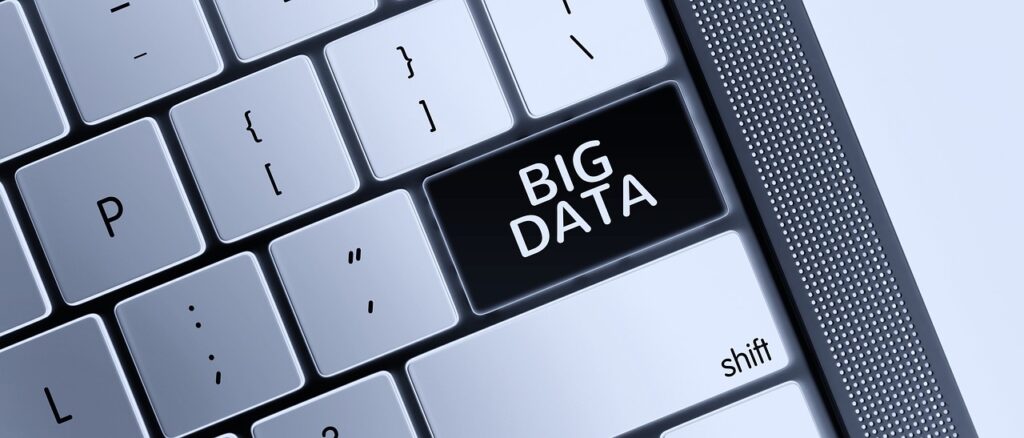3282691492 in Enterprise Systems
On the backend, numbers like 3282691492 are gold. Enterprise systems—think CRM platforms, logistics dashboards, inventory tools—all use these to filter and connect data.
A technician or agent types the number in and immediately sees:
Client name Service level or priority Past issues Current progress or shipping stage Any pending flags or escalations
It’s the difference between scrolling through vague notes and getting the full picture in two seconds.
What Is 3282691492?
At first glance, 3282691492 could be anything. It might be tied to a support ticket, a shipment tracking number, an internal database ID, or even a secure client identifier. It depends on the context. But regardless of how it’s used, the purpose is always similar: to create a unique anchor point in a system where thousands or even millions of interactions happen daily.
Imagine you reach out to a support line or a delivery company. You say your name, describe the issue, maybe provide your email. That helps, sure, but nothing routes your case faster than when you just give them the magic digits—3282691492. Systems are built around these identifiers because they’re fast, scalable, and precise.
Why These Numbers Matter
Every customerfacing system needs a way to keep data clean and accessible. Generic terms like “John’s Order” or “April Shipment” just don’t cut it. Constantly generated, unique numbers like 3282691492 let backend systems:
Trace orders end to end Match conversations with tickets Keep personal data separate from identifiers Resolve issues faster
You don’t even need to explain the problem again. Reference the number, and the rep can see your full history—dates, products, interactions, even earlier resolutions. It cuts the back and forth dramatically.
How to Use Your Reference Number Effectively
You’ve got the number—now what? Here’s how to put it to good use:
1. Keep it close Screenshot it, write it down, or save it in your notes. If it’s tied to something timesensitive, make it quick to retrieve.
2. Lead with it Whether you’re on live chat, phone, or email, open with the number. Skip the long intro. For example: “Hi, I’m checking on my order: 3282691492.” That’s tight, clear, and immediately useful.
3. Don’t modify it Systems are unforgiving. One digit off, and your request might go nowhere. Don’t guess or round. Copy it exactly.
4. Use it across channels Doesn’t matter if you’re calling, emailing, or tweeting at the company—this single ID can help them look up your record across different platforms.
When You Might Encounter 3282691492
These identifiers aren’t just for support issues or orders. You’ll see similar strings anytime you’re inside a highvolume system:
Booking travel Confirming event registrations Signing up for services or trials Submitting support tickets Accessing secure client portals
Let’s say you bought concert tickets online. If you want to alter seat selection or fix a payment issue, customer support likely won’t ask for your name first. They want that transaction ID—something like 3282691492—to dig into the exact instance you’re referring to.
Avoiding Common Mistakes
People mess up reference numbers all the time. Here are a few ways to avoid that:
Digit drift: Copying part of the number, but not all of it Misidentifying it: Mixing up your reference number with a tracking code or invoice number Communication lag: Telling a phone rep the number after four long paragraphs about your issue
Best bet? Find the number and lead with it. Get in, get out, and get your answer.
Final Thought
It may not look exciting. It definitely won’t trend. But 3282691492—and identifiers like it—are the glue holding digital experiences together. In a world flooded with information, clarity wins. Keep yours handy. Use it right. Everything moves faster when you do.

 Chief Marketing Officer (CMO) & Unique Author
Annamae Solanoric is the Chief Marketing Officer and a distinctive voice within the company as a unique author. Combining her passion for storytelling with her deep expertise in branding and digital marketing, she not only leads the company’s marketing strategies but also crafts compelling narratives that engage and inspire audiences. Her work as an author has been widely recognized, and she seamlessly integrates her creative vision into building the company’s brand. Annamae’s leadership in both marketing and content creation drives innovation and helps establish strong connections with clients and partners alike.
Chief Marketing Officer (CMO) & Unique Author
Annamae Solanoric is the Chief Marketing Officer and a distinctive voice within the company as a unique author. Combining her passion for storytelling with her deep expertise in branding and digital marketing, she not only leads the company’s marketing strategies but also crafts compelling narratives that engage and inspire audiences. Her work as an author has been widely recognized, and she seamlessly integrates her creative vision into building the company’s brand. Annamae’s leadership in both marketing and content creation drives innovation and helps establish strong connections with clients and partners alike.
